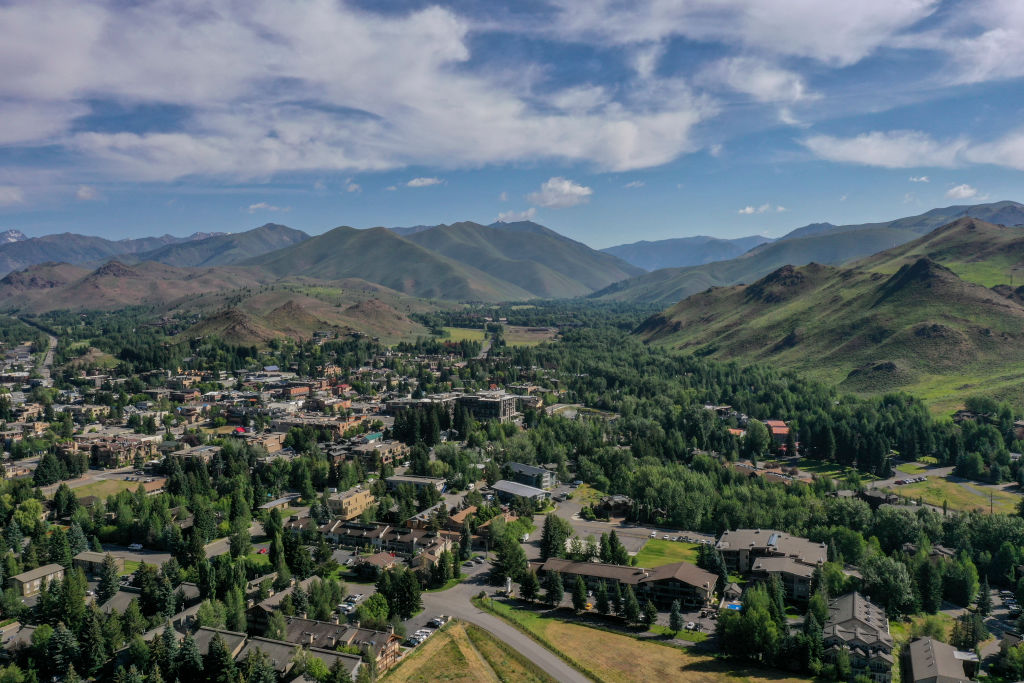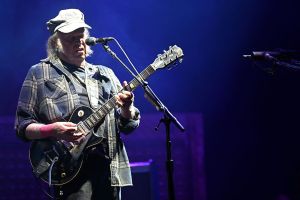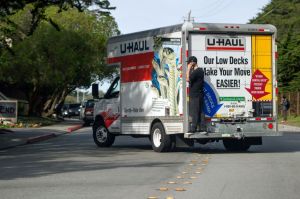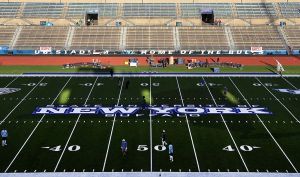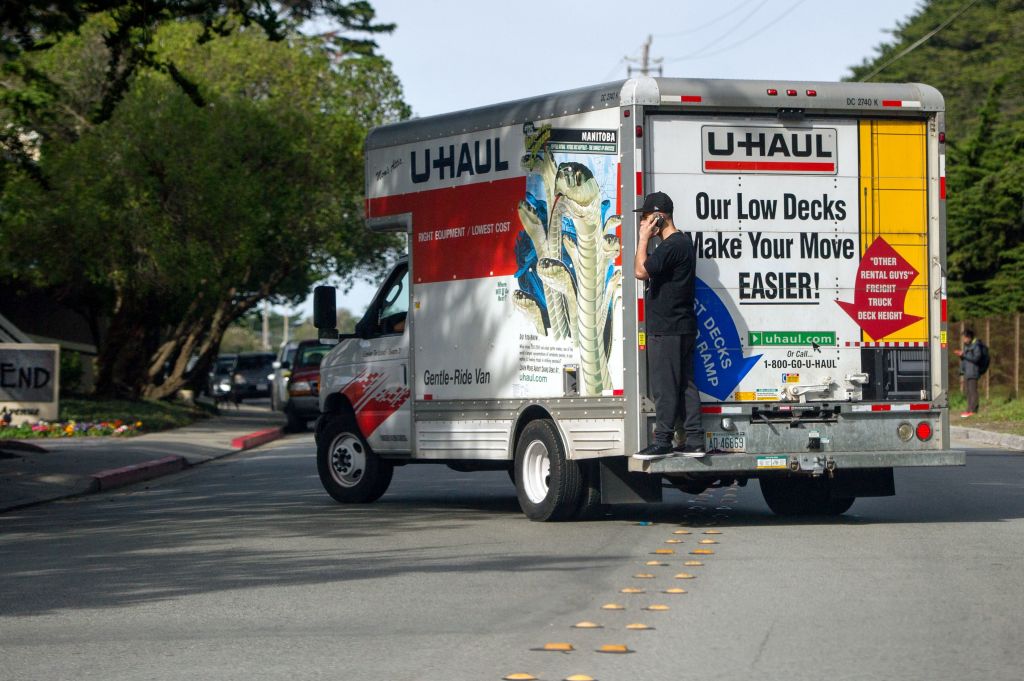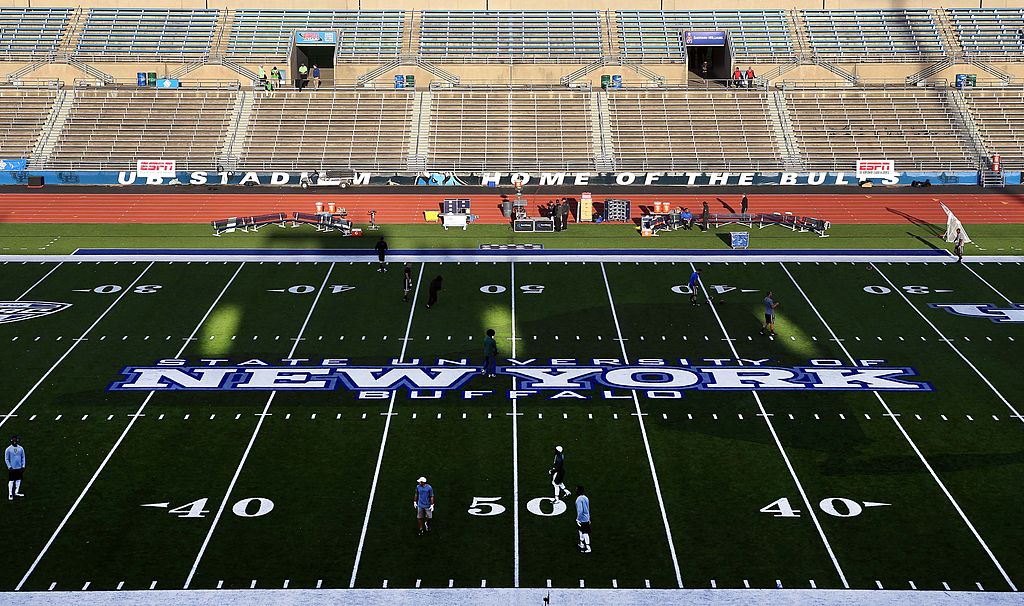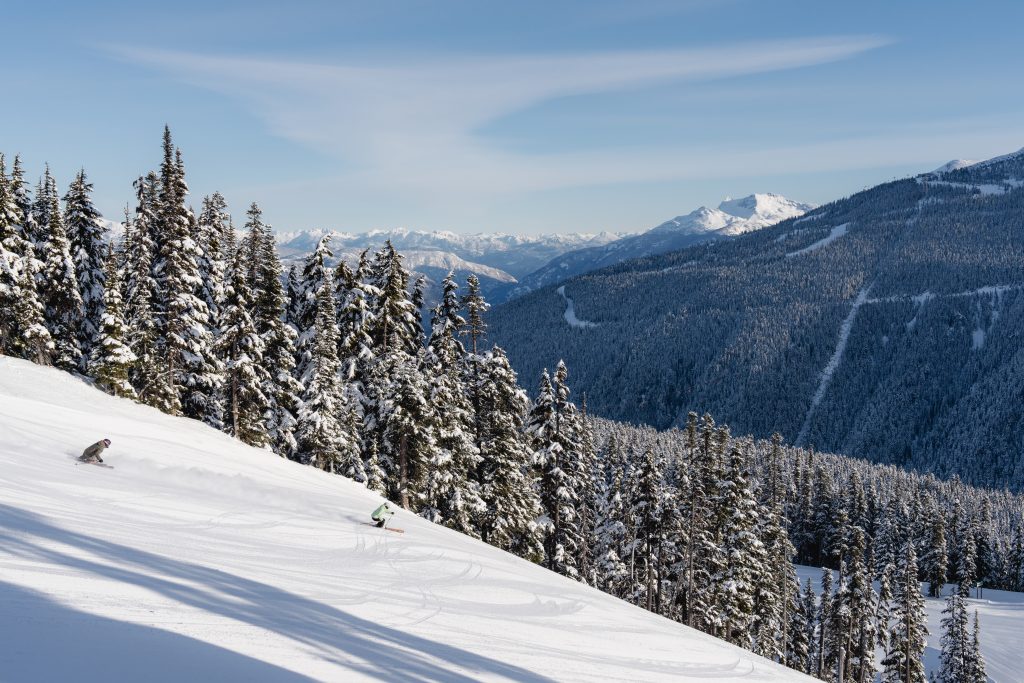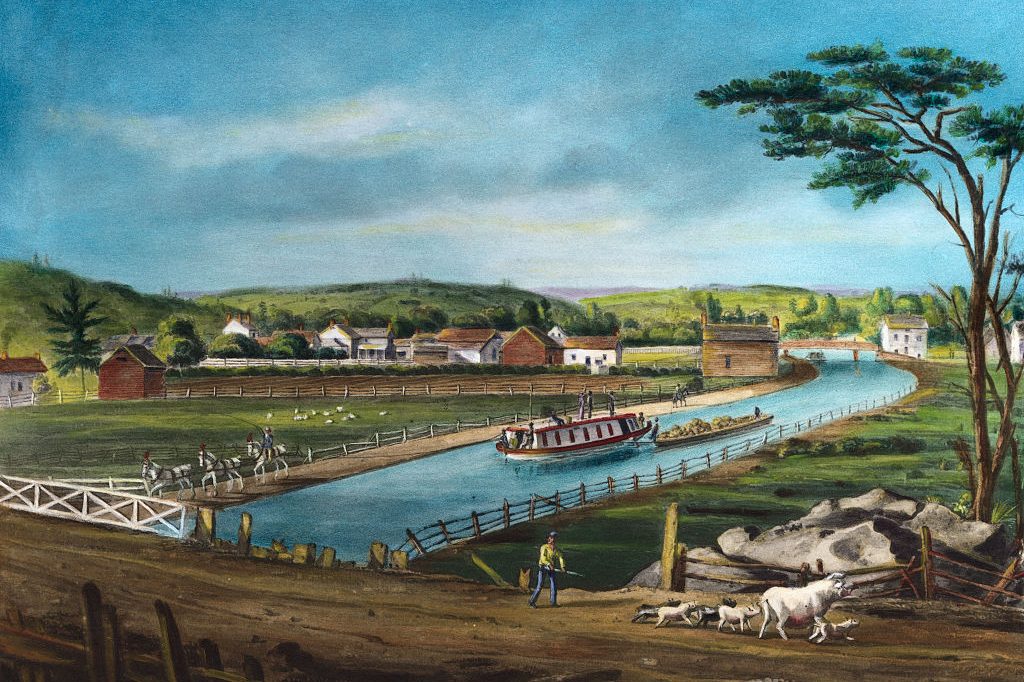In Ketchum, Idaho, heart of the skiing mecca of Sun Valley, my wife and I found ourselves on Picabo Street — the avenue leading to the Warm Springs ski lodge, that is, not the 1998 Olympic gold medalist in the women’s supergiant slalom.
We walked past a “private residence club” denominated The Hemingways, which called to mind the author’s complaint that Sun Valley boosters were using him for public relations purposes. “I love Idaho,” Hemingway wrote Peter Viertel in 1948, but “when they are having pictures painted of you and hung in real estate promotion offices it is past time to blow.”
Ernest Hemingway first came to Sun Valley in 1939, two years after the plutocrat Averell Harriman bet — successfully — that world-class alpine skiing and splendid vistas would draw the disposable-income set to what photographer Pappy Arnold called a “year-round Western playground.” (In our day, Harriman’s Sun Valley Lodge hosts an annual summerfest of billionaires and would-be masters of the universe in an unholy conclave so obnoxious it could turn Ayn Rand into a pitchfork-wielding leveler.)
Twenty years after his introduction to the Gem State, Hemingway made it his primary residence for the last two years of his life. He and Mary, his fourth wife, bought a house in which he finished A Moveable Feast and The Garden of Eden and whiled away melancholy hours standing “in front of a window… looking out at the Big Wood River,” according to his biographer Mary Dearborn. He shot skeet with Gary Cooper but for the most part hunted elk, partridge and pheasant with local outdoorsmen, of whom he said, “Very nice people live here in these valleys. The farmers and ranchers. We shoot together and have fun.”
In turn, said Pappy Arnold, Hemingway’s Idaho neighbors found him much different from the “hair-on-the-chest, hell-raising, loud-talking, long-talking, wisecracking, boozing citizen of the world we had heard so much about.”
That caricature reared its head on occasion, as when Hemingway flew into a rage in Christiana’s restaurant after a patron asked if he wore his beard for effect or to hide a skin condition. And the idyll could not last. As the end neared, the novelist was paranoid, delusional, irritable, sullen and wished vainly for another “belle epoque.”
He feared that the federal surveillance state, represented by the IRS and FBI, was fastening its tentacles about him. Maybe it was. In the event, Hemingway hastened his Big Sleep by fellating a double-barreled shotgun on July 2, 1961.
Despite Averell Harriman’s cynical intentions, Ketchum today does not exploit the Hemingway connection. We got a kick out of seeing his artifacts on the walls of such old-school bars as the Pioneer Saloon, where I slayed the most enormous baked potato, slathered in cheese and studded with steak bites, I have ever encountered. It was pretty to think that a writer from quondam America might be remembered fondly and aptly in a place he loved.
(Neither Hemingway nor Ezra Pound, who was born a dozen miles south of Ketchum in Hailey, is Idaho’s true state author. That honor belongs to Vardis Fisher, the cranky and brilliant Old Right novelist who almost singlehandedly wrote the best entry in the New Deal’s American Guide Series. But that story will have to wait for a later installment.)
Our daughter and her boyfriend acted as boneyard dowsers, somehow locating the modest grave of Ernest Miller Hemingway under several feet of snow in a small cemetery just outside downtown Ketchum.
The dead are with us always, and they need a laugh now and then, so we sometimes mug or make merry in their company — for instance, at the gravesite of funkster Rick “Super Freak” James in Buffalo’s Forest Lawn Cemetery. But here we were relatively somber. Self-destruction is the Hemingway family curse, and the suicides surrounding Ernest Hemingway include the author’s granddaughter Margaux, the model-actress whose infamous movie debut Lipstick (1976) provided Chris Sarandon with the creepiest role of his career.
If things reveal themselves passing away, then this family plot is bleak and doleful. A more cheerful message to the living is conveyed by the plaque dedicated to Ernest Hemingway off Trail Creek Road, which borrows words he’d written a score of years earlier in a eulogy for a Sun Valley friend:
Best of all he loved the fall
The leaves yellow on the cottonwoods Leaves floating on the trout streams And above the hills
The high blue windless skies
Now he will be a part of them forever
This article was originally published in The Spectator’s April 2023 World edition.



